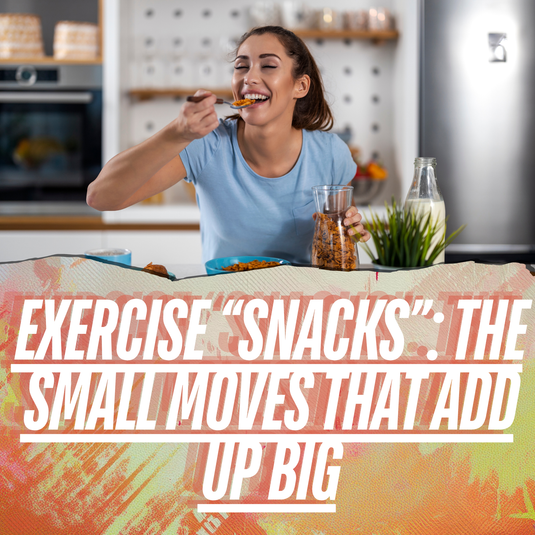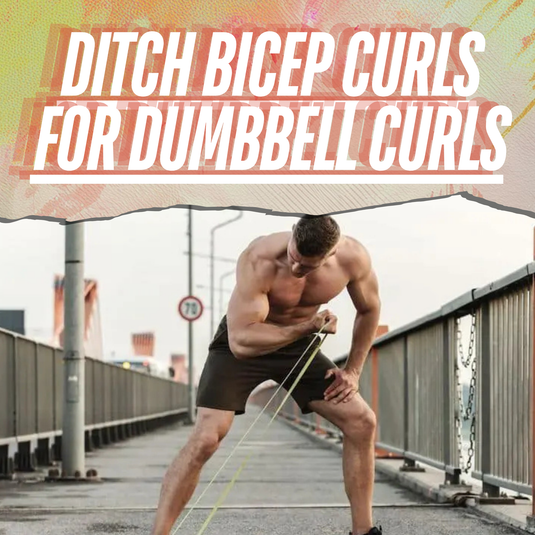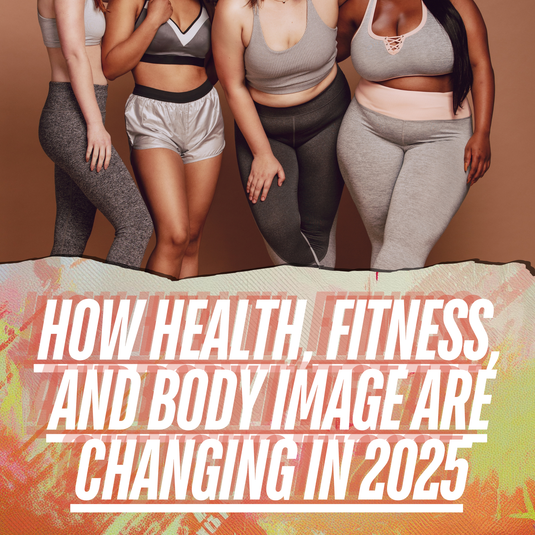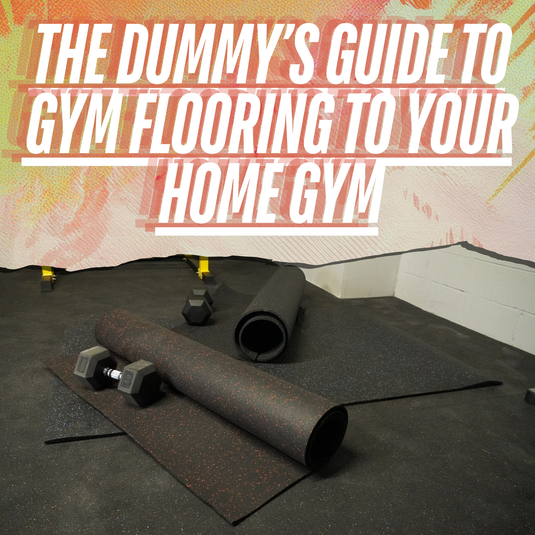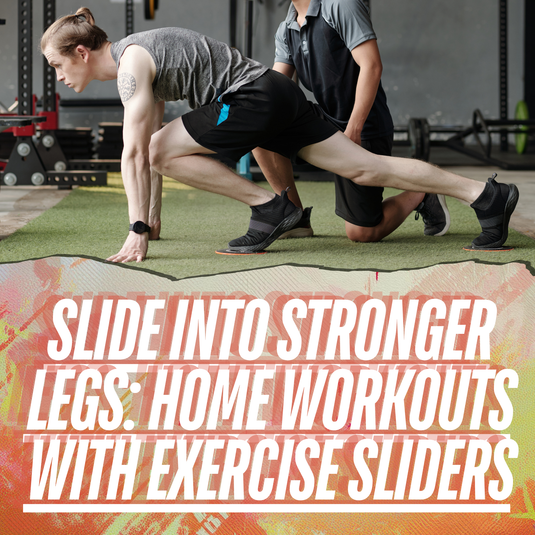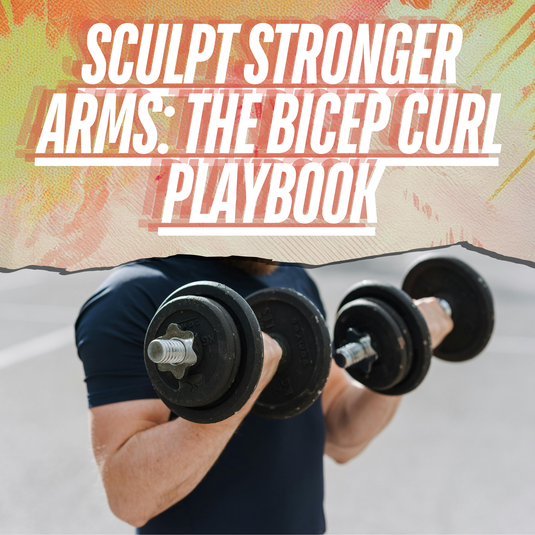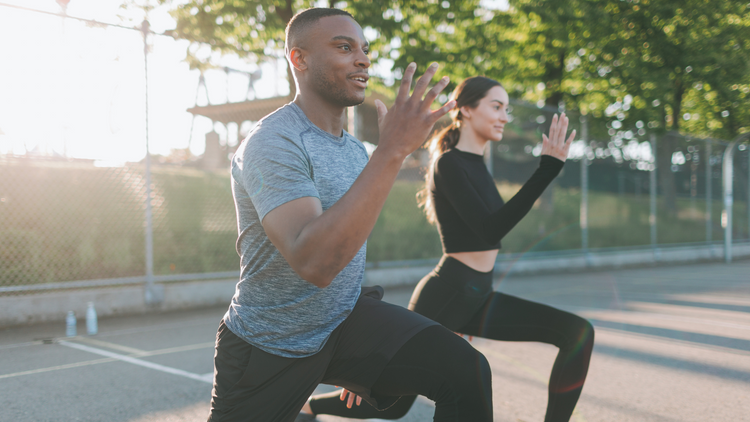Embrace the Thrill: The Intensity Junkie Lifestyle
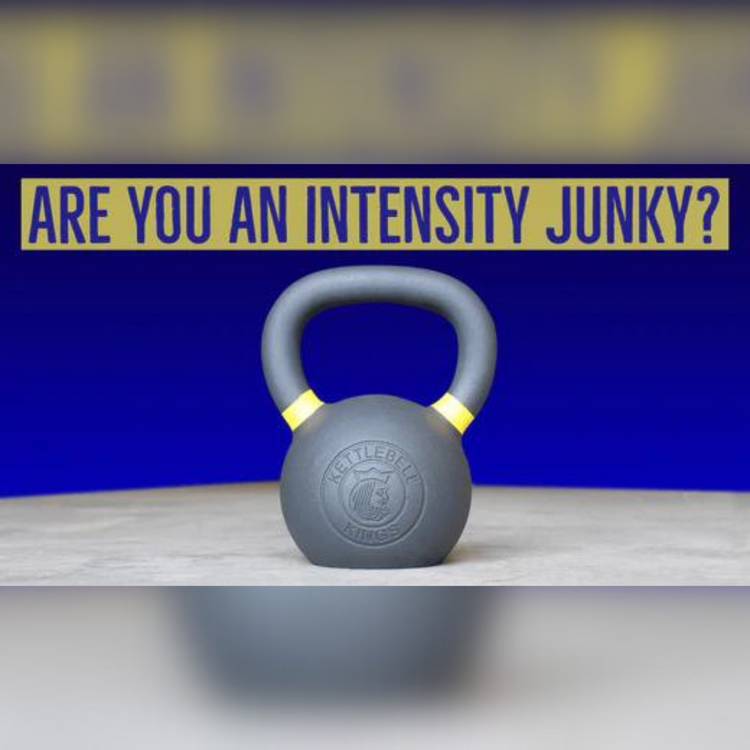
⏱️ Estimated Read Time: 6 minutes
🧠 TL;DR
- Embrace the Thrill: The Intensity Junkie Lifestyle offers effective, accessible movements for targeted results.
- This guide is designed to help you move smarter, build strength, and stay consistent.
✍️ Summary
This post explores embrace the thrill: the intensity junkie lifestyle in a way that’s actionable and easy to follow. Whether you're new to this style of training or leveling up, it includes practical takeaways for your routine.
📚 Table of Contents
The Intensity Junkie
True or false? The only way you can get a good workout is when you’re severely out of breath with your heart pounding like a war drum with your legs are as shaky as a new-born giraffe all while being able to see through time.
Unfortunately, there are far too many people (trainers and trainees) that think this is true. They think that more is better and that the stimulus is the goal of the workout.
Don’t get me wrong, I love a good sweat-inducing, heart-pounding session that pushes me to my limit, but that should be the exception not the rule. The endorphin rush of high intensity interval training has been well-documented which may explain why so many people chase that high with faster, more intense workouts.
The problem is that we only have so many hard workouts in us.” Use it or lose it” applies to our strength, range of motion, and work capacity, but there’s a limit to it. If our only focus is doing more all the time, we will burn out or make space for an injury.
More is Not Necessarily Better
More is not always the answer. In fact, most of the time less is the appropriate answer. Less reps. Less time. Less load. Finding the right balance takes time and practice. It takes diligent note-taking and tracking of workouts, set points, strength increases, and PRs. Random workouts yield random results even if they make you sweat hard. Incorporating structured interval training can help achieve consistent progress.
Let’s look at what the motivation is for most people to workout in the first place in no particular order:
- Look good nekkid
- Gain energy
- Move better
- Get stronger
- Build Muscle
- Lose fat
- Increase endurance
- Increase flexibility
Each one of these have one thing in common and that’s progression. Progressively getting stronger, more flexible, dropping body fat, etc. It’s not an overnight process and requires consistent action. Many of the “more is better” crowd think that this will expedite the process and it can to a certain extent. When we push ourselves to the limit each session we typically are leaving something behind. Most of the time it’s our restorative work like stretching and mobility. Rarely do fitness junkies go ham on pre-training mobility. They do it on burpees or kettlebell swings. This creates a potential environment that the body isn’t ready for that much intensity or volume and you end up getting hurt. That one step forward, 10 steps back method isn’t going to lend itself to getting a better looking or performing body.
Here’s how you can have your cake and eat it too.
- Put 100% attention into the task at hand
- Strategic intensifiers like drop sets, high reps and “finishers”
- Intermittent hiit training workouts added to your schedule
You should always put the intensity required for the work you’re doing. Work when you work. Rest when you rest. Even if you’re performing straight sets with lots of rest between them. During those five reps (or whatever your reps are) put as much intention and focus into what you’re doing. The best way to squeeze more intensity is to increase your focus on the movement at hand. Utilize more tension, slow down the tempo, incorporate isometric pauses, and be intentional with every movement and position. This almost instantly intensifies even lighter weights and abbreviated sets.
Intensifiers like drop sets and high rep sets are great ways to add intensity to specific portions of your session where you can go all in, feel the “burn” and shed some extra calories in the process. Even though it’s weighted it will also increase your work capacity so it kills two birds with one stone. There’s no need for drop sets or high rep sets for every single work set so pick a lagging area or two.
“Finishers” are a fun and challenging way to get a little extra volume and stoke the metabolic flame at the end of the workout. They can be as simple as adding some high rep push ups with short rest periods or a mini density round.
Scheduling high intensity sets or workouts ahead of time is another way to mentally prepare for them. You can map out three to four workouts a month that you know are going to require more from you. I typically plan out a high volume, lower body focused workout that’s going to push me to my limit so I can prepare nutritionally and taper off in other areas leading up to it. Incorporating hiit exercises can also be an effective strategy to enhance your fitness routine.
Going all out every single session or chasing the feeling of near-death workouts is only going to burn you out. It’s not necessary for growth. It’s not necessary for strength. The only thing that’s necessary for achieving a better performing physique is a focus on doing better than last time. This means giving your body enough time and attention to restorative work, space between those high intensity sessions, decreasing the amount of intensity per session if your workouts are well over an hour, and focusing on progression. Slow and steady wins the race. Those out there preaching the high-intensity, grind, “you ain’t a man unless you do ____” are walking injuries waiting to happen. Most of the time they just haven’t learned from the first injury.
My goal is athletic longevity. I want to move well as long as humanly possible. That means being strategic with intensity, volume, nutrition, and recovery. Not just moving as fast and hard as possible. There’s a fine line between “if it doesn’t challenge you it won’t change you” and over-stressing your body and mind. The sooner you adopt a less is more mentality the faster you’ll see higher quality workouts enter your life. You’ll rid yourself of nagging pains and aches you didn’t realize you were living with and the longer the results you get will stick around. Embracing fitness challenges can also keep your routine exciting and help maintain motivation.
By: Marcus Martinez
Want more guidance? Check out our Weekly Dumbbell Workout #1.
📝 FAQs
How often should I do these exercises? +
2–3 times per week is a good starting point for most people.
Do I need equipment? +
Many of these can be done with just your bodyweight or a single kettlebell or dumbbell.
Can beginners do these routines? +
Yes! These movements are designed to scale with your fitness level.


